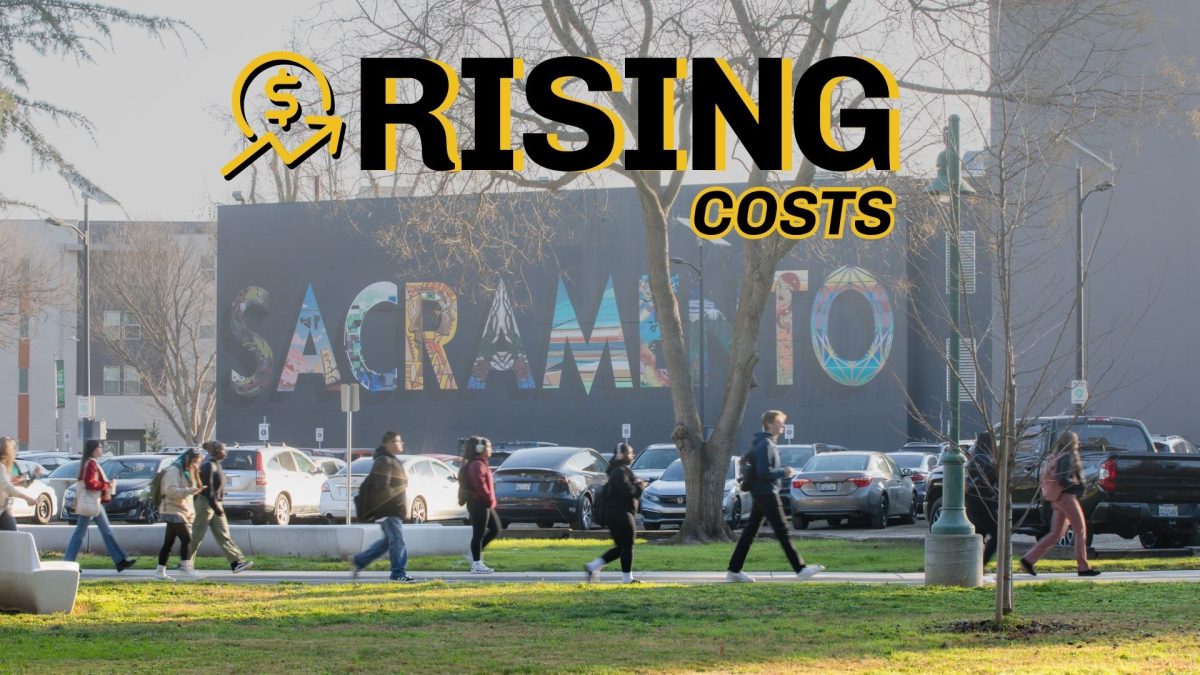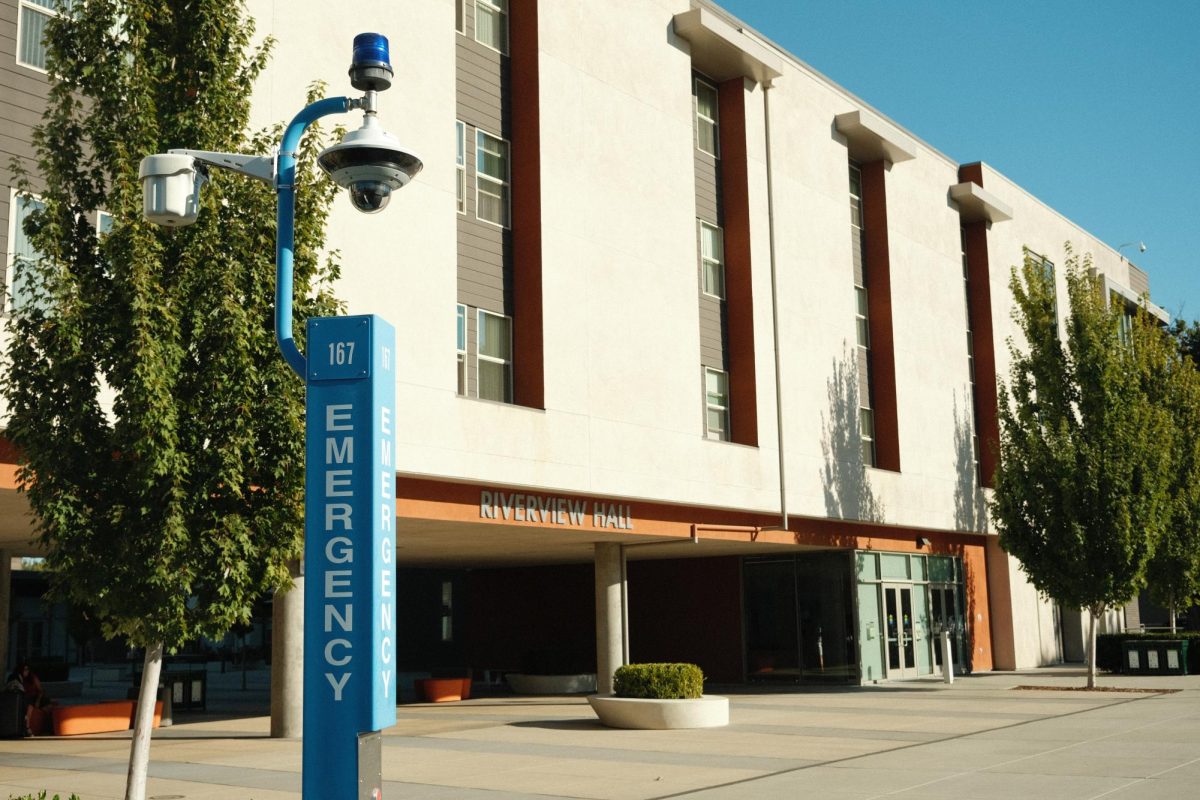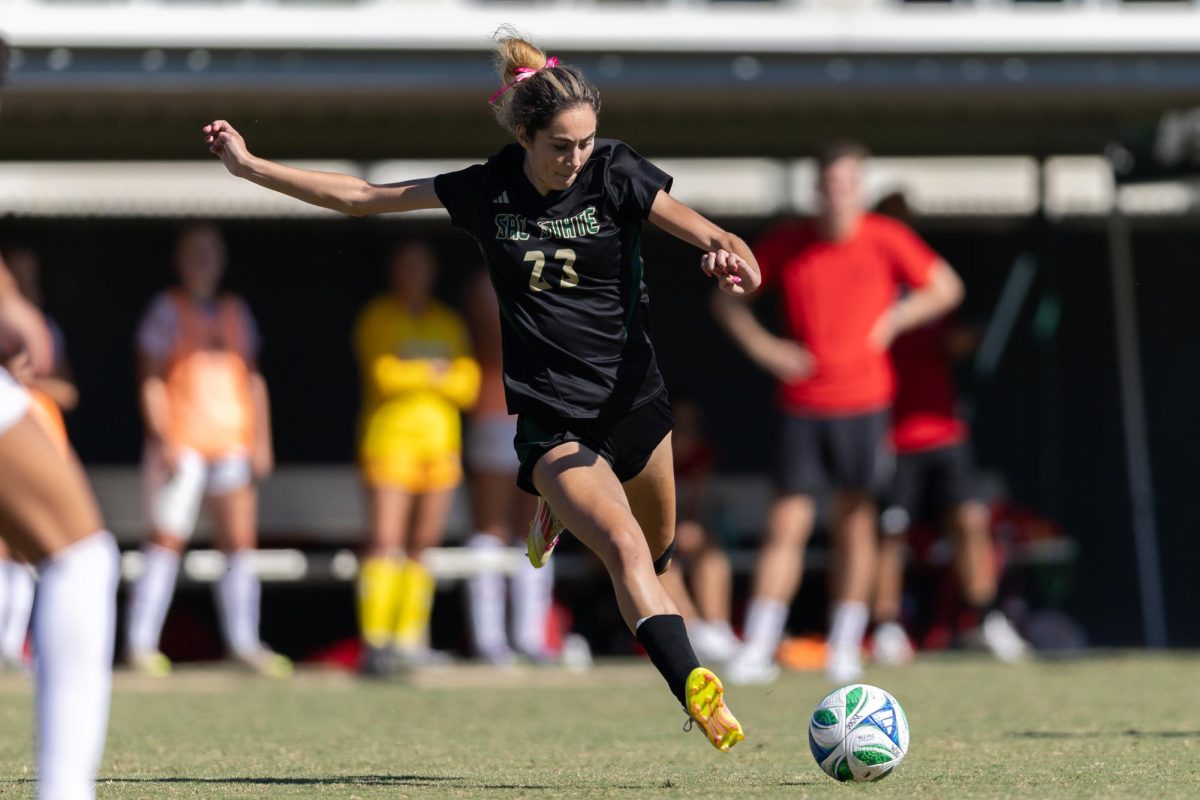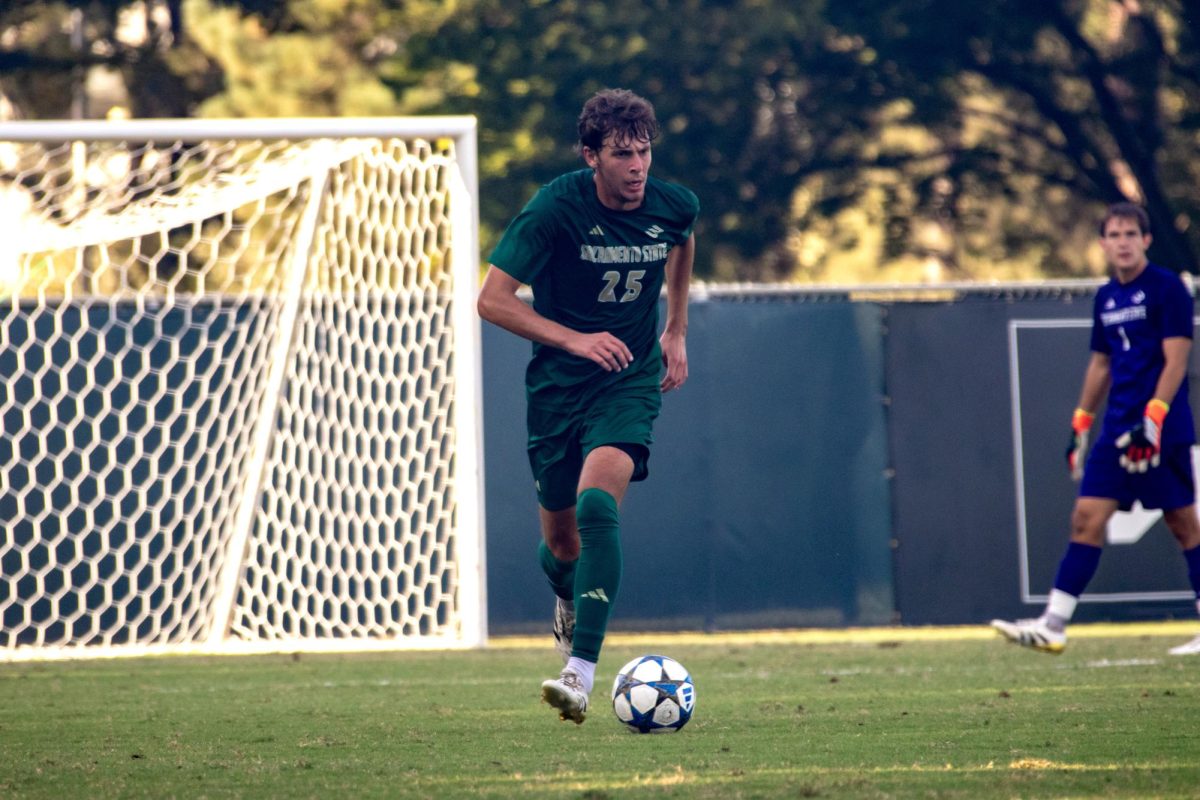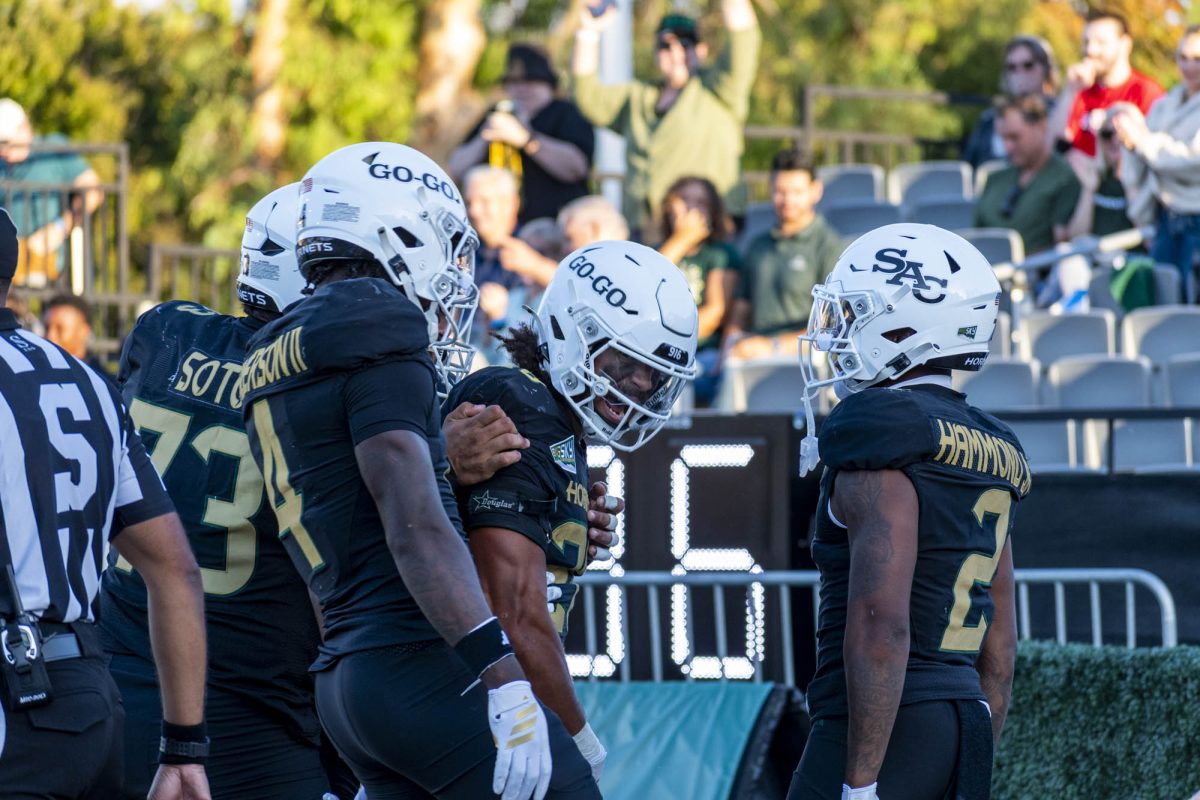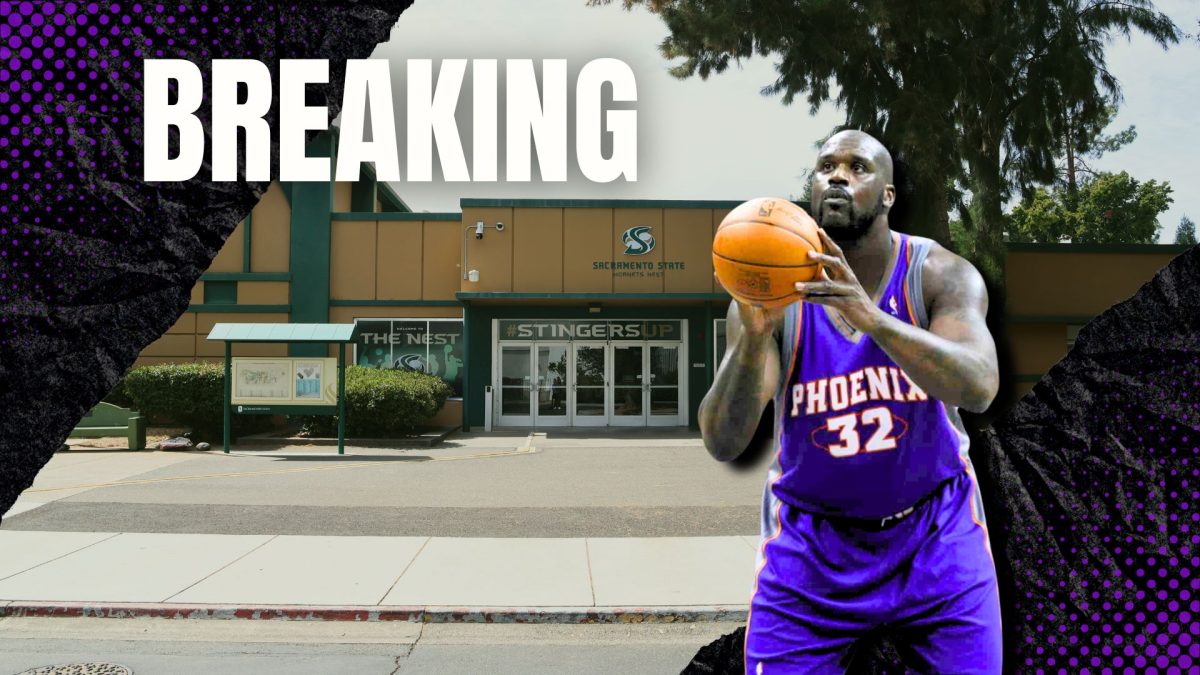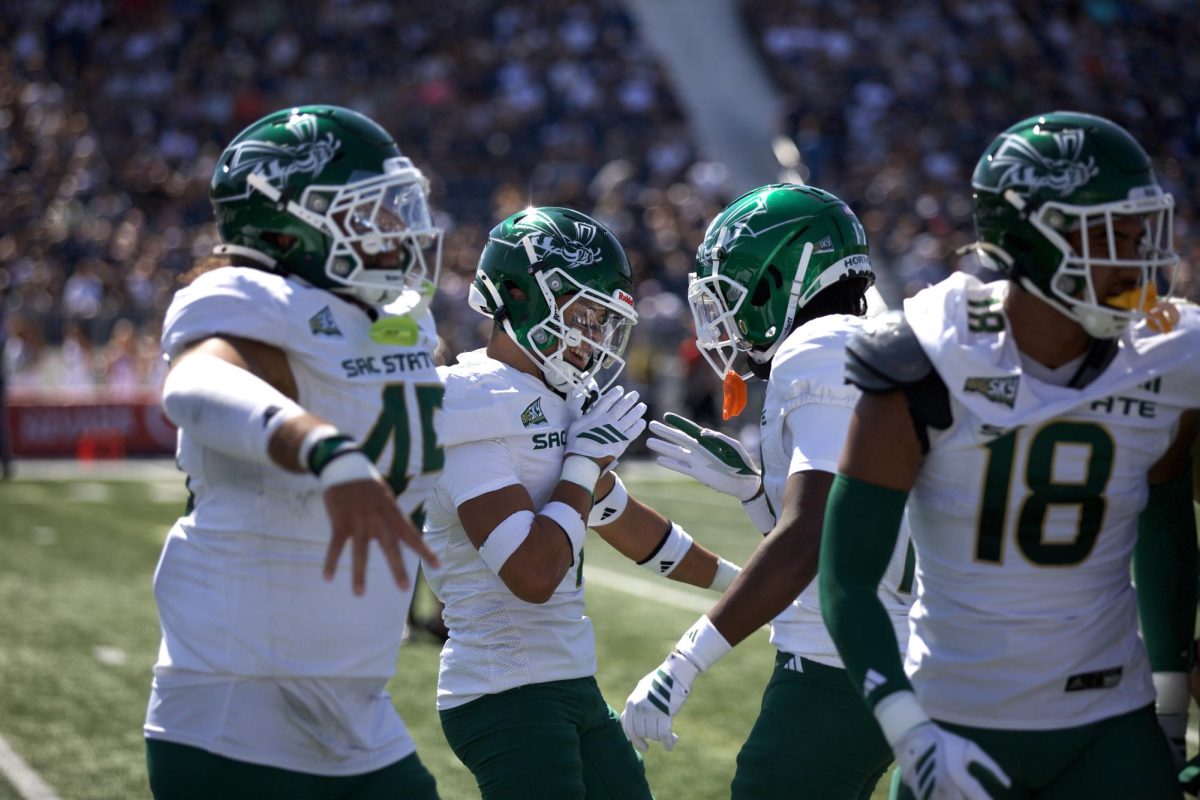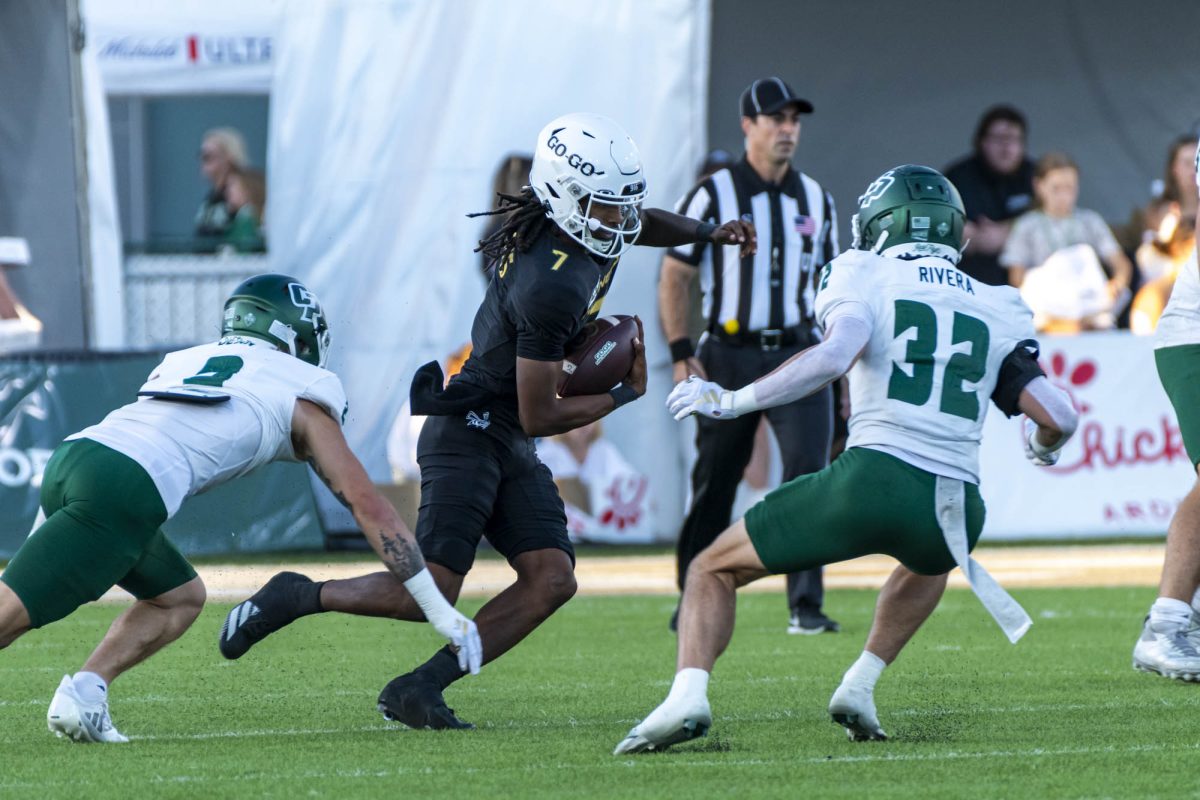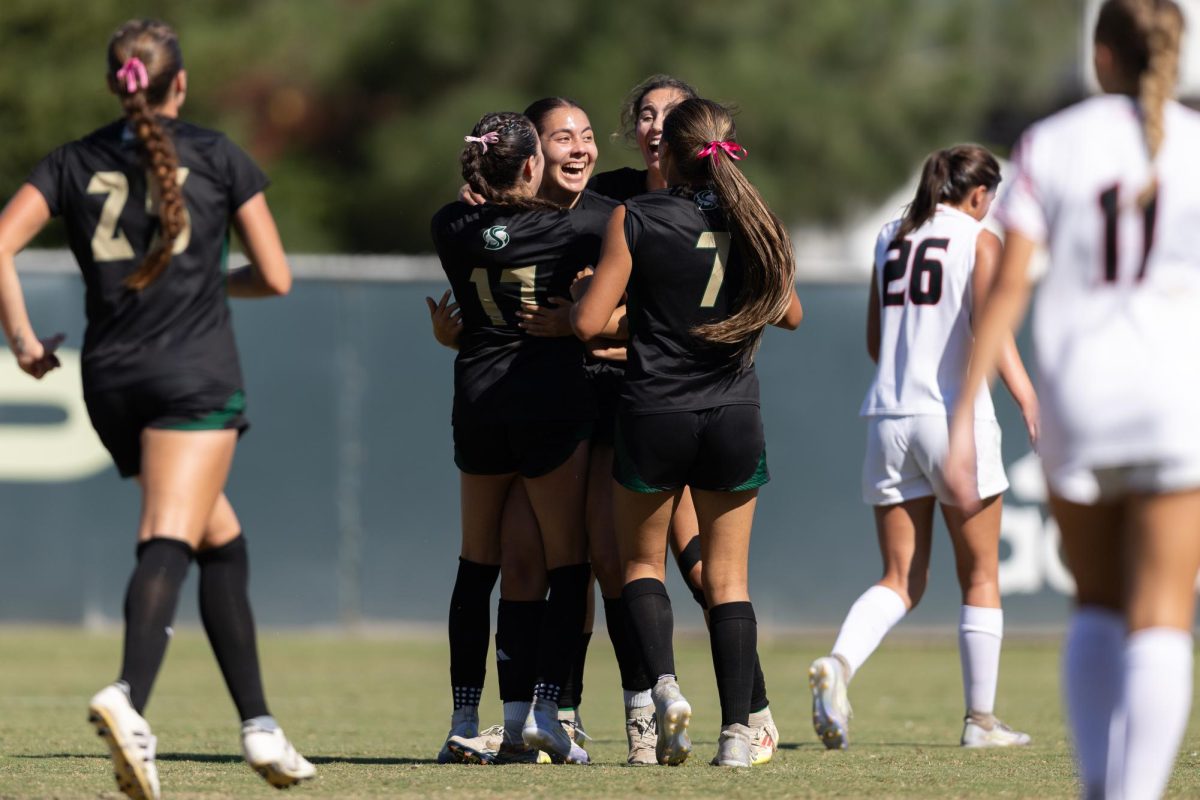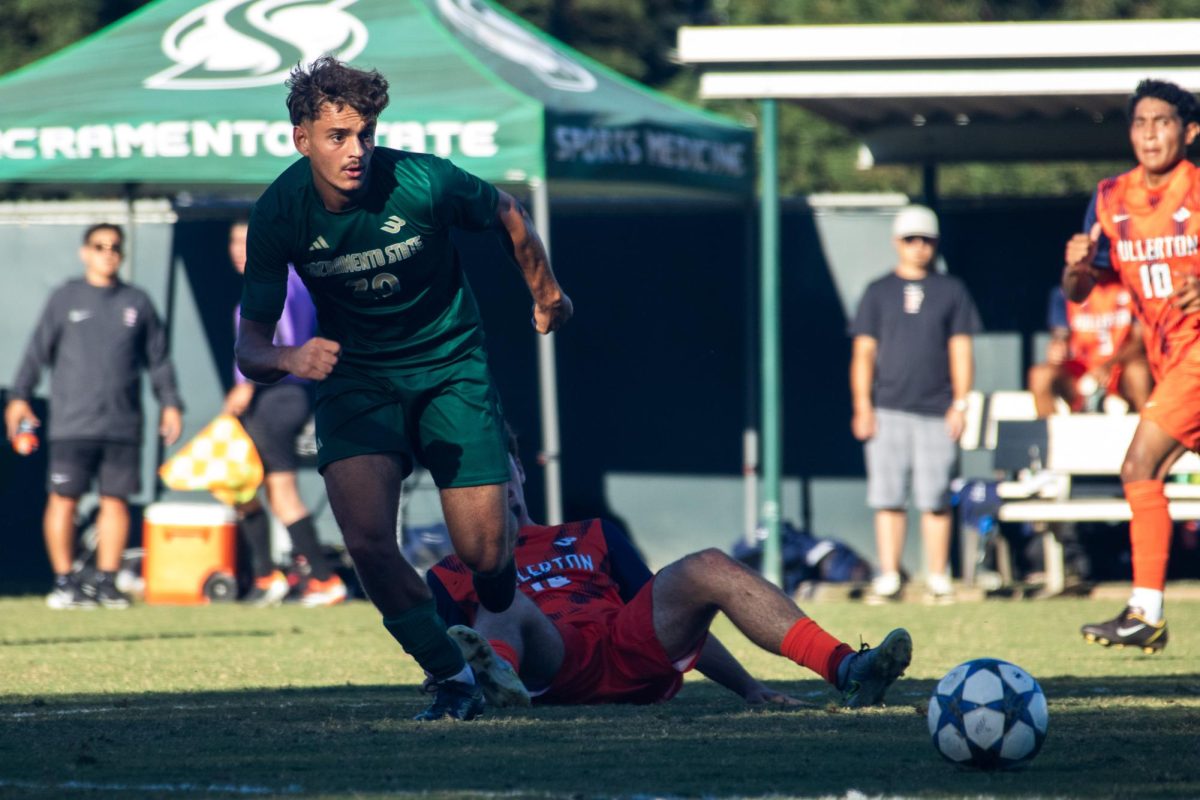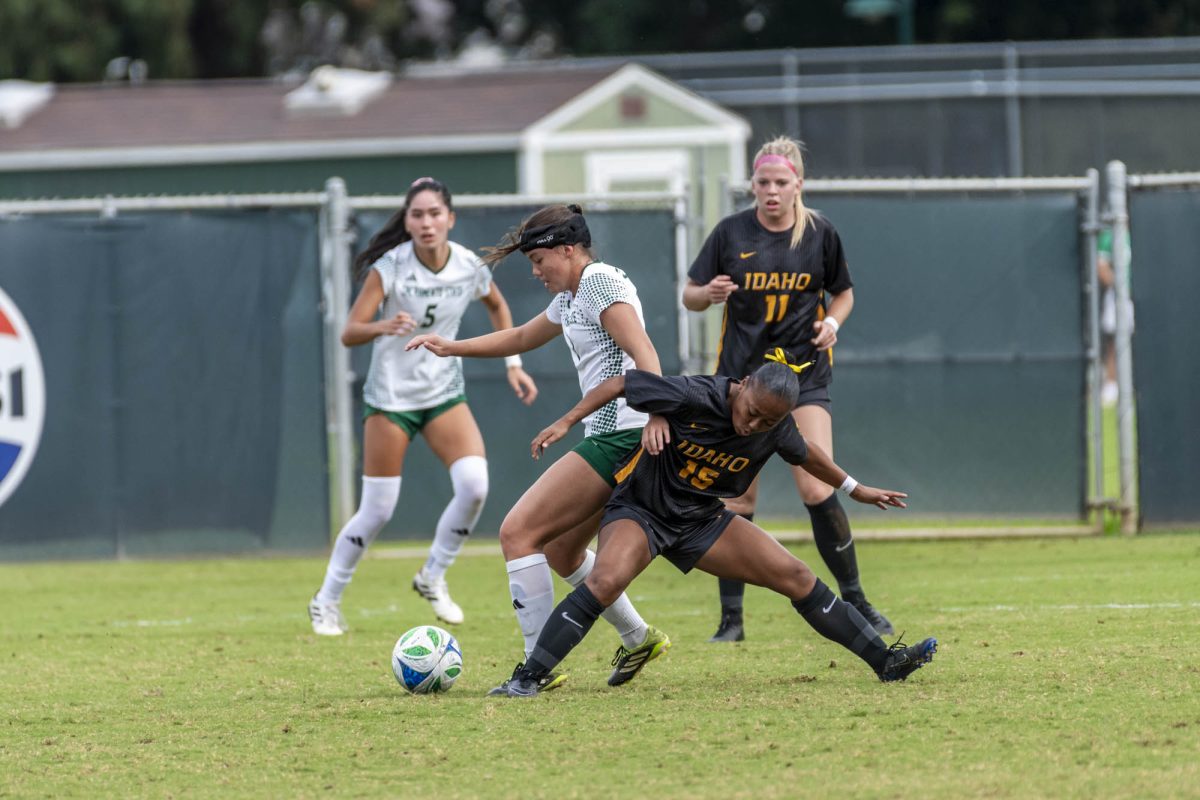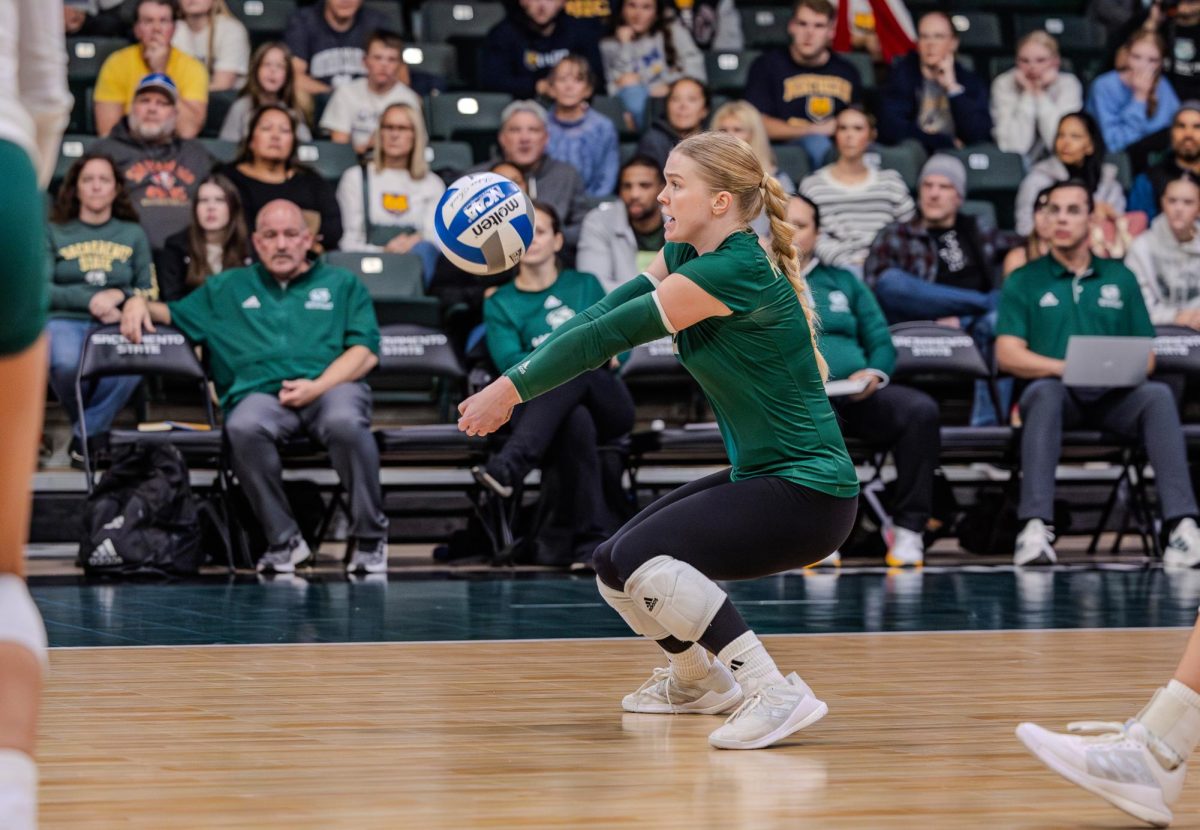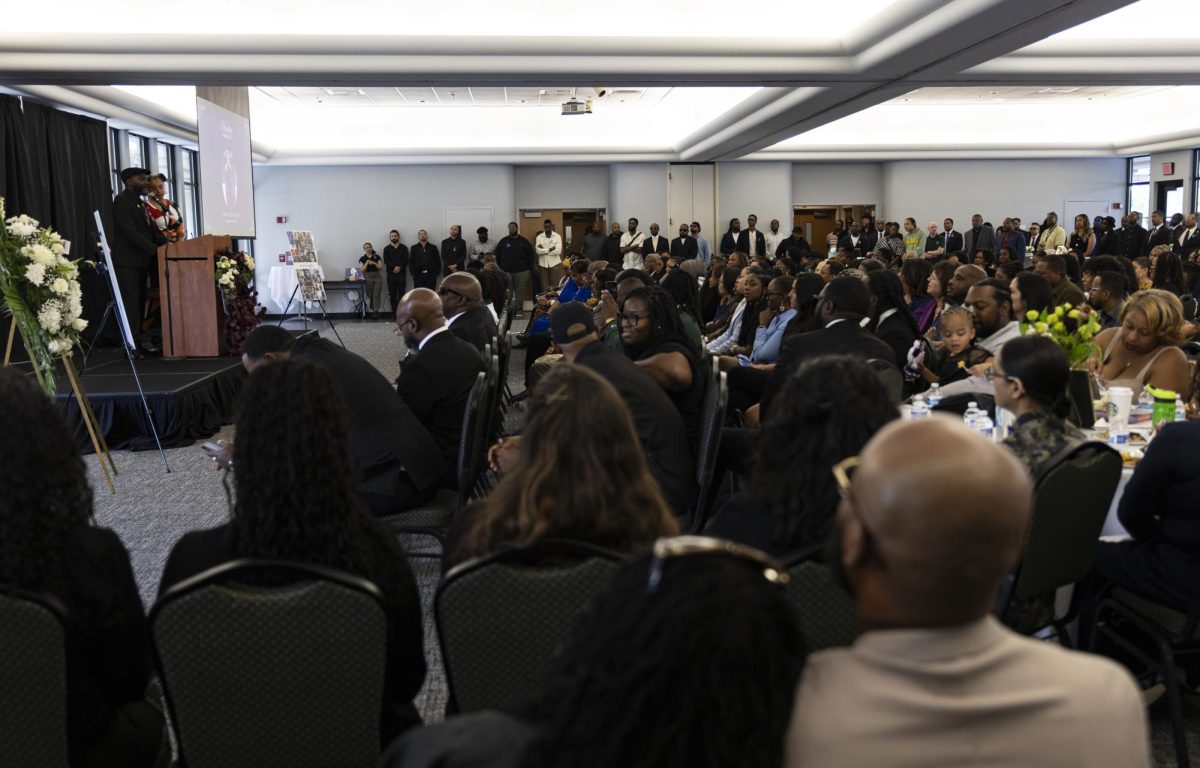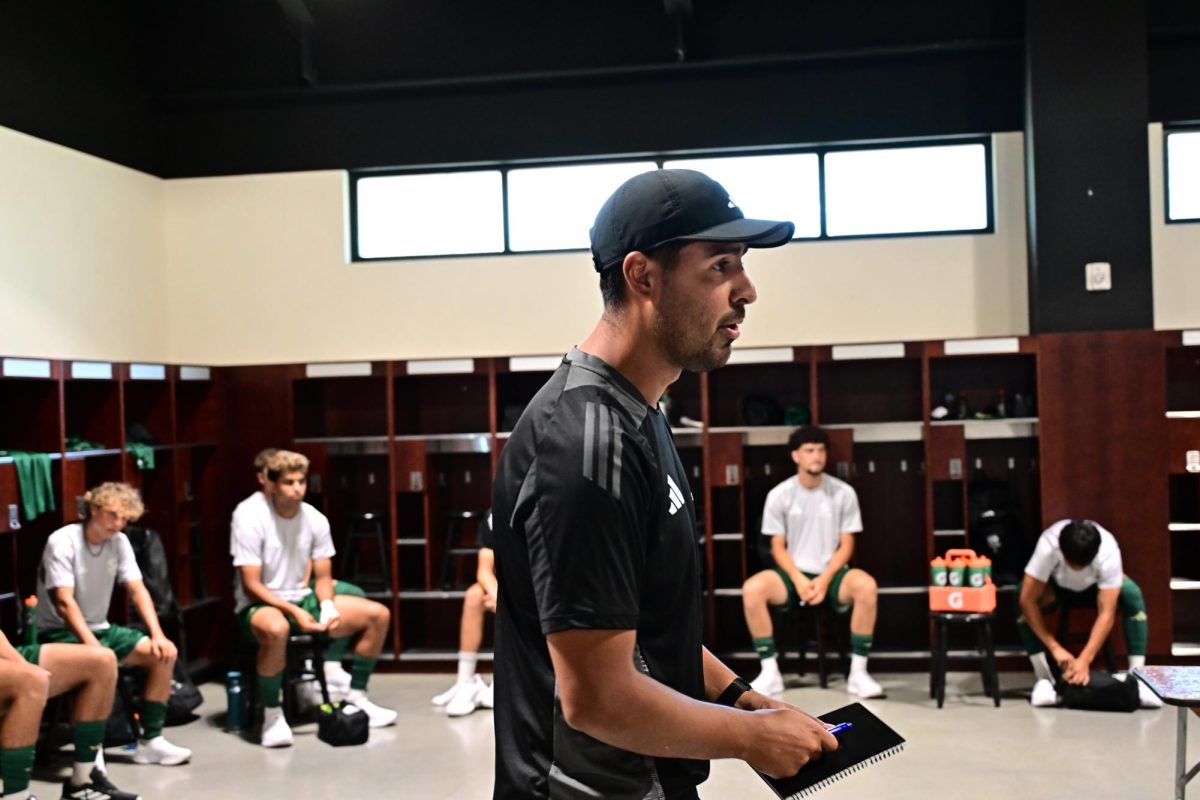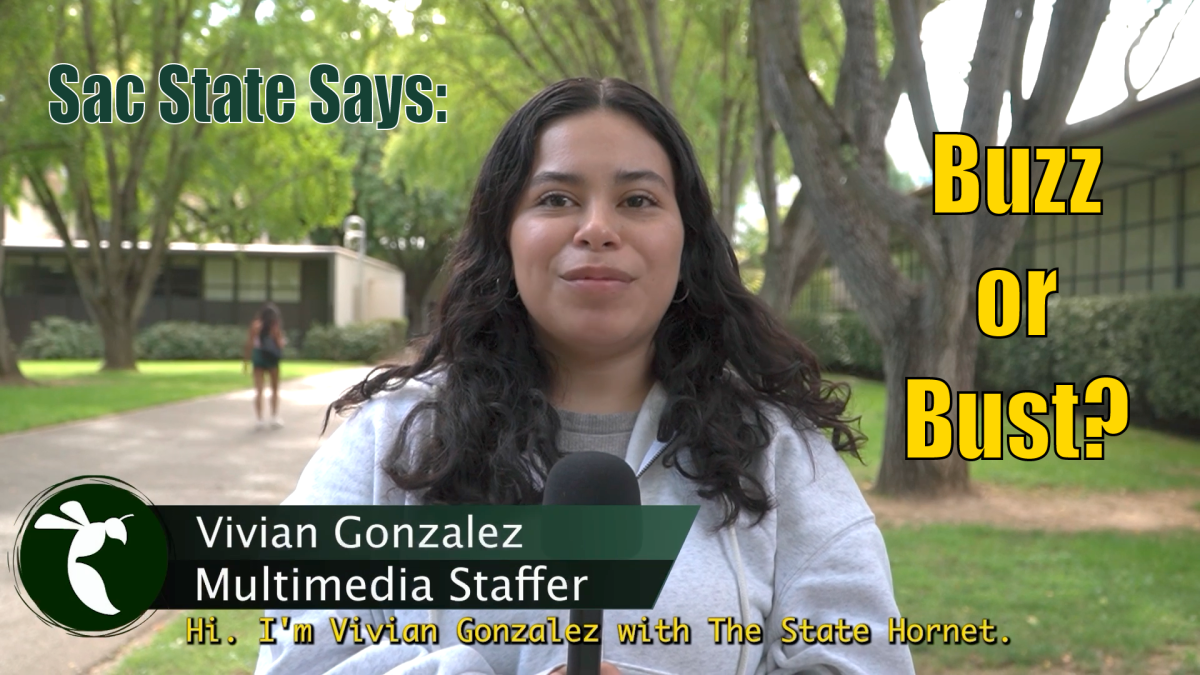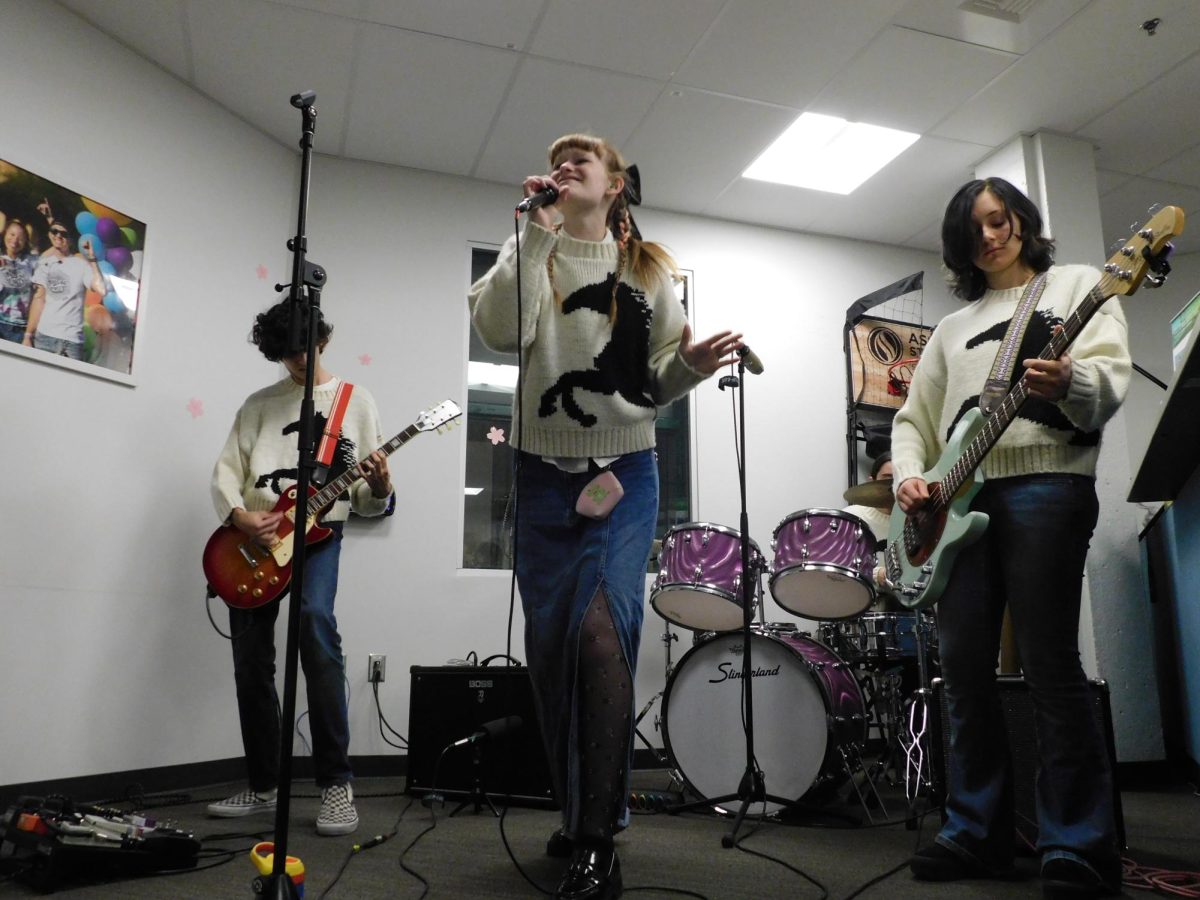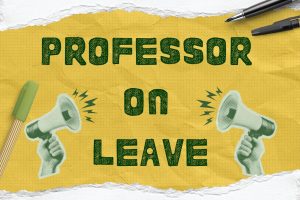Administration vs. Faculty
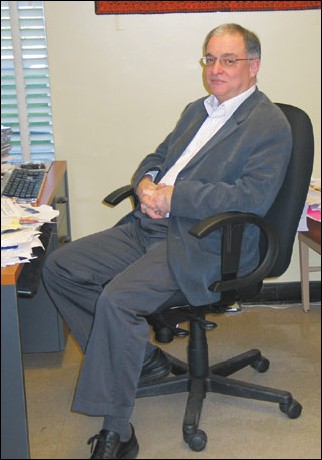
Image: Administration vs. Faculty:James Chopyak, CFA President:
February 19, 2003
The California State University system pays faculty an average of 12 percent less than similar universities across the nation.
“It (the pay gap) has grown rather than gone down,” California Faculty Association president James Chopyak said.
This has been an ongoing problem for the last 10 years, Dean of Faculty and Staff Affairs David Wagner said. Some years the gap starts to close and other years it begins to widen.
“We’re dealing with averages,” said Wanger. “We (Sac State) do have faculty above average, as well as below it. It is something that CSU, as a system, is aware of.”
Wagner said the California Postsecondary Education Committee agreed to 20 institutions as a benchmark for comparison of schools nationwide. This is what CPEC used for its faculty salary comparison.
“We’ve just come through a decade of tremendous economic growth,” said Chopyak. Instead of the pay gap decreasing, it is going up, he said.
There are more administrators and they are getting paid more, as well, Chopyak said. Fifty-five percent of the salary budget goes to pay administration, while only 45 percent goes to faculty.
“I don’t see state legislature and the government giving any CSU a 12 percent increase in faculty money to cover this gap,” said Wagner.
Wagner said he didn’t anticipate students wanting increased tuition to pay faculty the difference either.
According to CPEC’s survey, the biggest pay difference is for full professors. The other academic ranks include associate professor, assistant professor and instructor.
Professors enter universities as an assistant professor. After 10 years they can move up to associate professor. Full professor is the highest ranking and can be achieved after these steps.
Wagner said there are many non-salary related reasons why professors stay.
“It is such an individual situation,” Wagner said. “We have not seen full professors leaving us. There is no mass movement.”
A full-ranking professor is motivated to stay at a university, because of tenure, research and links with college and students, said Wagner. Most of these professors have already been on campus for 10 to 12 years with roots already established, he said.
Wagner said the increase the university has seen in part-time faculty has nothing to do with the pay difference. Full professors are required to teach 24 units and are given six units for research.
Part-time faculty must teach 30 units of classes, he said.If anything, more sections would be offered with an increase in the part-time faculty, said Wagner. Sections of classes are not endangered by the pay gap.
For recruiting new faculty the pay gap is a problem, Chopyak said. The higher cost of living expenses combined with less pay may not be appealing to prospective faculty.
Even though many people want to live in California, California is beginning to lose the competitive edge with the increasing pay gap, Chopyak said.
A Class Offerings Monitoring Project (COMP) has been started to protect instruction at every CSU, Chopyak said. The project keeps track of reductions and additions to course offerings. So far instruction has not been cut at Sac State.
At a December meeting of the CSU Board of Trustees, the Chancellor promised to maintain funding for instruction and student services, Chopyak said.
“Next year nobody knows what will happen,” Chopyak said.Faculty is waiting for the Chancellor and Board of Trustees to live up to their word, Chopyak said. It is unrealistic to expect pay increases right now, but any budget cutback has to be for the administration, he said.
Wagner said there is no way to tell whether or not the salary gap will improve.
“We don’t know what is on the horizon,” he said.




